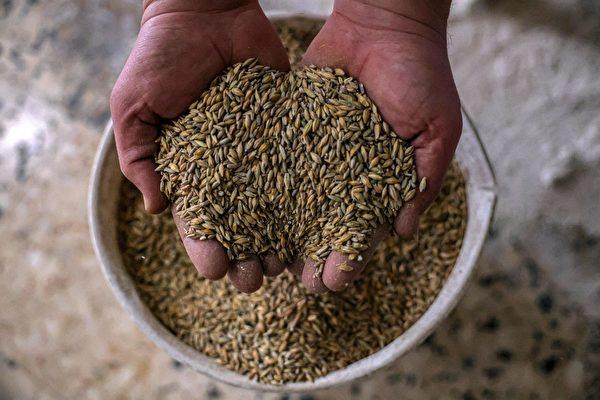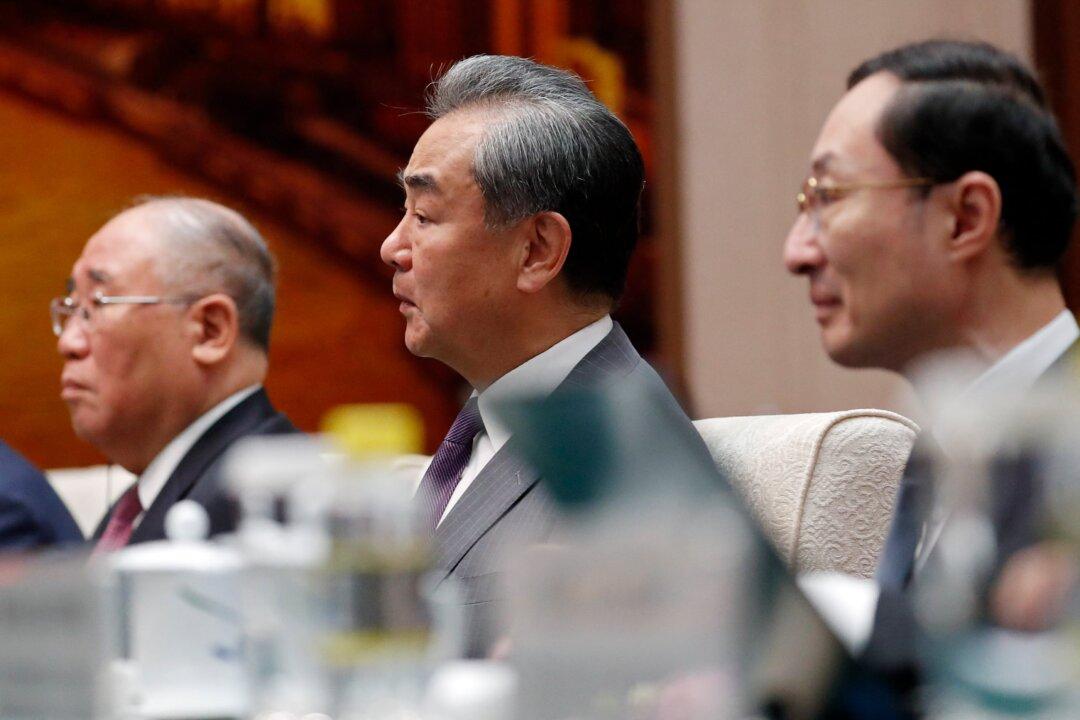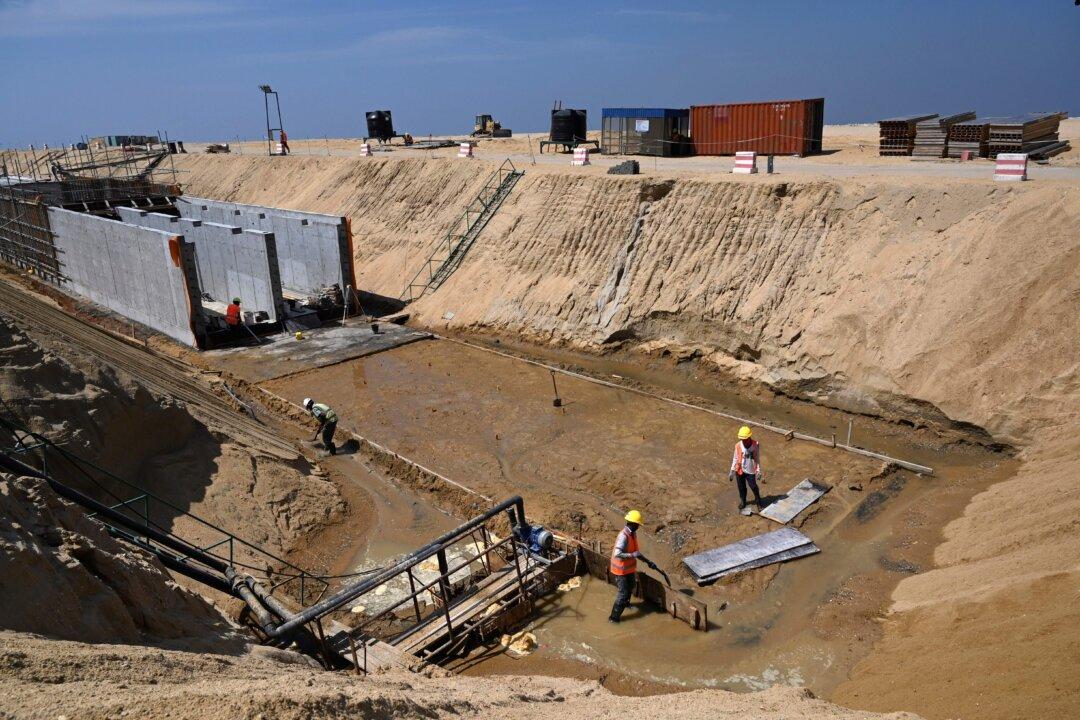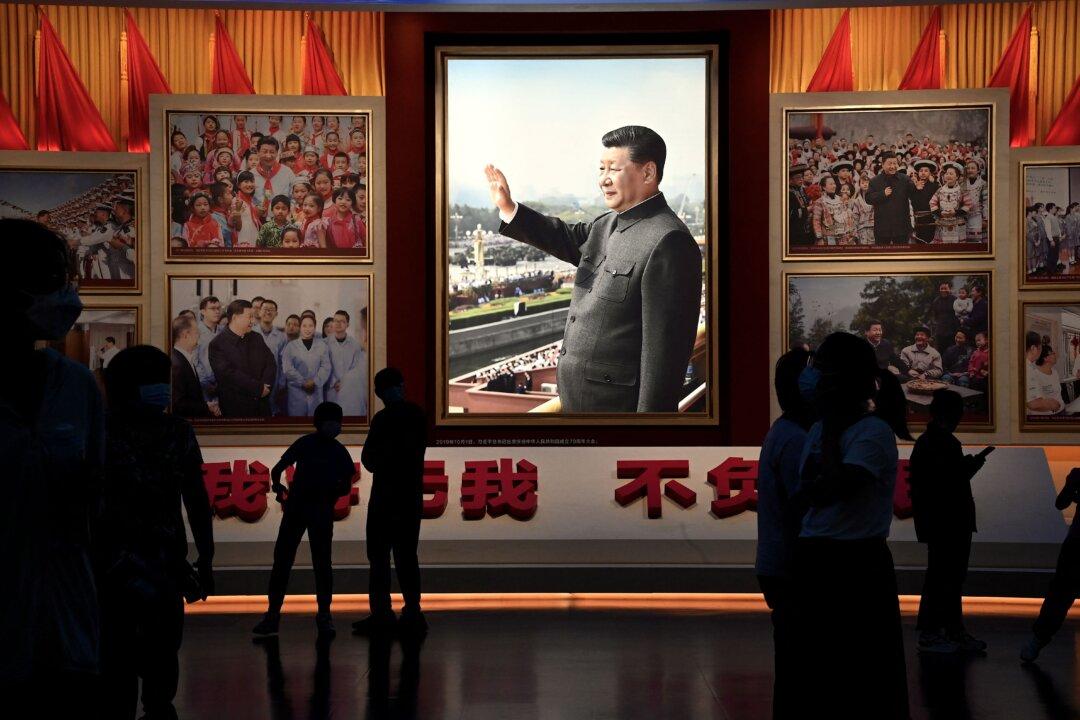China’s grain prices have risen sharply in a short time due to adverse international and domestic factors. The corn futures reached a record high for two consecutive trading days at the end of April. Then on May 2, prices swelled to $487 a ton enabling a 13 percent price increase in China’s corn futures from the beginning of 2022.
At the same time, corn prices on Chicago’s Board of Trade (CBOT) were also approaching record highs, exceeding $8 per bushel. This represented a 35 percent increase from the beginning of the year.





